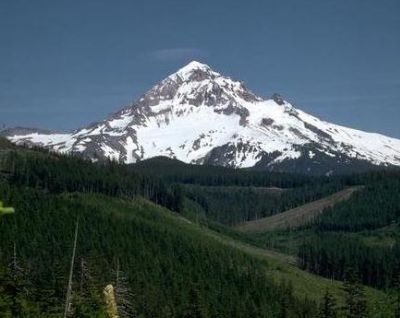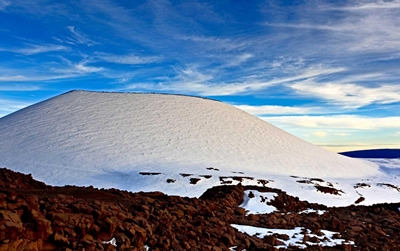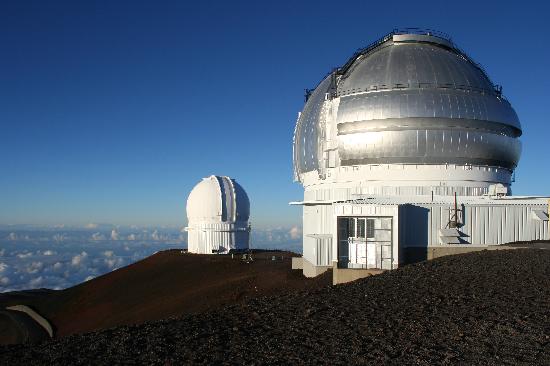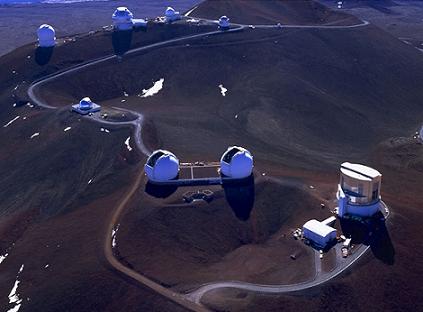 If anyone asked you what the highest mountain in the World was, you’d probably answer “The Mount Everest”. Almost everyone knows that Mount Everest is the highest mountain in the world and climbers from everywhere travel to Everest hoping to earn the distinction of climbing the “World’s Highest”.
If anyone asked you what the highest mountain in the World was, you’d probably answer “The Mount Everest”. Almost everyone knows that Mount Everest is the highest mountain in the world and climbers from everywhere travel to Everest hoping to earn the distinction of climbing the “World’s Highest”.
The peak of Mount Everest is 8,850 meters (29,035 feet) above sea level. This high elevation gives Mount Everest the distinction of being the mountain with the highest altitude. Therefore, Mount Everest is the highest mountain measured from sea level.
Mauna Kea is an island and if the distance from the bottom of the nearby ocean floor to the peak of the island is measured, then Mauna Kea is taller than Mount Everest. The highest point in the Pacific Basin, and the highest island-mountain in the world, Mauna Kea rises 9,750 meters (32,000 ft) from the ocean floor to an altitude of 4,205 meters (13,796 ft) above sea level, which places its summit above 40 percent of the Earth’s atmosphere. Mauna Kea is over 10,000 meters tall compared to 8,848 meters for Mount Everest – making it the world’s tallest mountain.
Mauna Kea (referred to as the “White Mountain”) is a dormant volcano on the island of Hawaii, the largest and southernmost of the Hawaiian Islands. It is located about 300 km (190 miles) from Honolulu, which lies on the island of Oahu. The broad volcanic landscape of the summit area is made up of cinder cones on a lava plateau. The lower slopes of Mauna Kea are popular for hunting, hiking, sightseeing, and bird watching in an environment that is less hostile than the barren summit are

Mauna Kea is two million years old. Formerly, Mauna Kea was active volcano. Mauna Kea was last active more than 4,600 years ago. On the upper slopes of the mountain there is a cave where ancient Hawaiians dug basalt rock to make tools. In Hawaiian mythology, the peaks of the island of Hawaii are sacred, and Mauna Kea is one of the most sacred. An ancient law allowed only high-ranking tribal chiefs to visit its peak. Ancient Hawaiians living on the slopes of Mauna Kea relied on its extensive forests for food, and quarried the dense volcano-glacial basalts on its flanks for tool production. When Europeans arrived in the late 18th century, settlers introduced cattle, sheep and game animals, many of which became feral and began to damage the mountain’s ecology.
In recent years, concern over the vulnerability of the native species has led to court cases that have forced the Hawaii Department of Land and Natural Resources to eradicate all feral species on the mountain.

With its high altitude, dry environment, and stable airflow and low level of light pollution (being far away from city lights), Mauna Kea’s summit is one of the best sites in the world for astronomical observation. The summit of Mauna Kea on the Island of Hawaii hosts the world’s largest astronomical observatory, with telescopes operated by astronomers from eleven countries.
Mauna Kea is unique as an astronomical observing site. The atmosphere above the mountain is extremely dry — which is important in measuring infrared and submillimeter radiation from celestial sources – and cloud-free, so that the proportion of clear nights is among the highest in the world. The exceptional stability of the atmosphere above Mauna Kea permits more detailed studies than are possible elsewhere, while its distance from city lights and a strong island-wide lighting ordinance ensure an extremely dark sky, allowing observation of the faintest galaxies that lie at the very edge of the observable Universe. A tropical inversion cloud layer about 600 meters (2,000 ft) thick, well below the summit, isolates the upper atmosphere from the lower moist maritime air and ensures that the summit skies are pure, dry, and free from atmospheric pollutants.
Their construction on a “sacred landscape”, replete with endangered species and ongoing cultural practices, continues to be a topic of debate and protest. Studies are underway to determine their effect on the summit ecology, particularly on the rare Wekiu bug. It was designated a National Natural Landmark in 1972.

